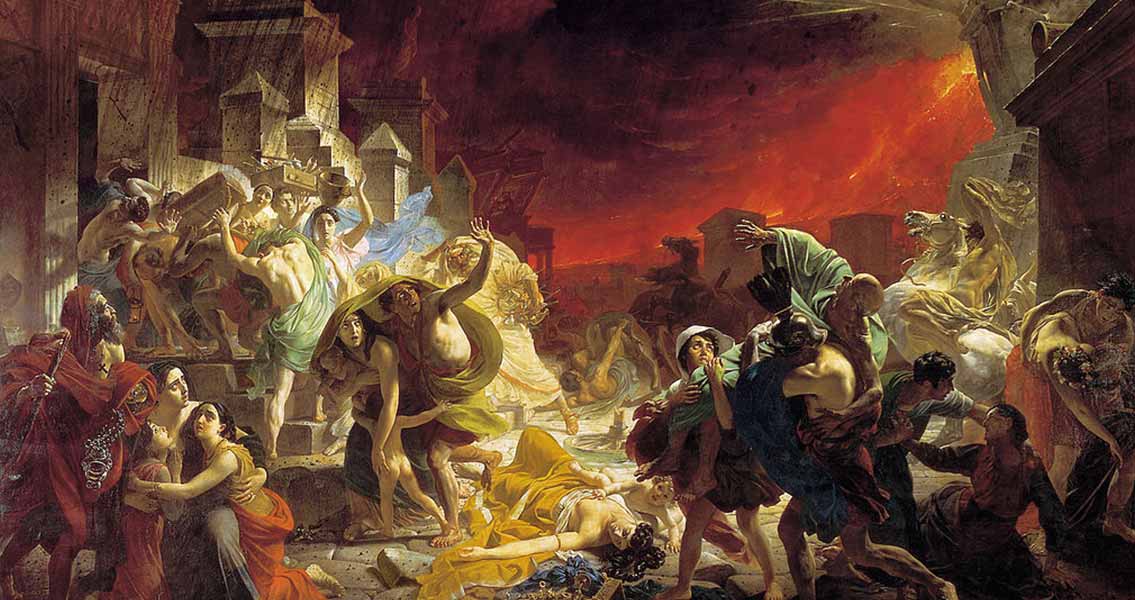<![CDATA[A cache of unfinished clay vases has been found by a group of French and Italian archaeologists in an ancient pottery workshop in Pompeii. The vases were found buried beneath a layer of pumice and ash from the devastating Mount Vesuvius eruption of 79 AD. Some of the vases are out of shape, suggesting they were dropped and abandoned in a hurry. The archaeologists also found remains of pottery wheels and kilns. This discovery helps paint a picture of how the people of Pompeii reacted to the disaster that struck their city. Pompeii was a thriving city with a population of 11,000 people. It boasted a sophisticated infrastructure, alongside a complex water system, gymnasium, amphitheater, and port. The city was destroyed by the 13 to 20 feet of ash and pumice that rained down on it from Mount Vesuvius. After the eruption there was virtually no visible physical evidence the city had ever existed. For centuries, the only account of Pompeii's destruction available to scholars was a letter by Pliny the Younger, who had seen the devastation from a distance. It wasn’t until 1599 that the site was rediscovered, and not until 1748 that excavations in the area started to take place. The items that lay beneath the ash have been very well-preserved because a lack of air and moisture prevented oxidation. Remains of the people of Pompeii are harder to find. Scientists believe that the temperature of the ash, and the speed at which it was traveling, were enough to instantly kill everyone in a 6 mile radius, even if they were in a building at the time. It is thought though, that victims of the eruption were killed by suffocation over anything else. The workshop in which the vases were found is located across the street from the Herculaneum Gate. It consists of three rooms and two kilns. The vases from this workshop would have been decorated with fine carvings, and used to pour wine or water. It seems that the clay vases recently discovered were meant to be finished off by being placed in the kiln, but were instead buried under the ash, leaving the clay to dry naturally. The process they underwent as a result of the eruption resulted in them being covered in a unique material. The way the ash preserves and protects the city of Pompeii has enabled it to become a big part of popular history. Pompeii is now a UNESCO World Heritage Site, and has been a tourist destination for over 250 years, with about 2.5 million tourists visiting annually. What makes the area so special are the plaster casts that can be found around it. The casts were laid as a result of excavations in 1863. While exploring the site, Giuseppe Fiorelli found that there were occasional voids in the ash layer, which he realised were caused by decomposing bodies. Fiorelli came up with the idea of injecting plaster into these voids, to recreate the forms of the victims. Thanks to him the world can see just how quickly disaster struck the people of Pompeii.]]>
Unfinished Vases Unearthed in Pompeii
